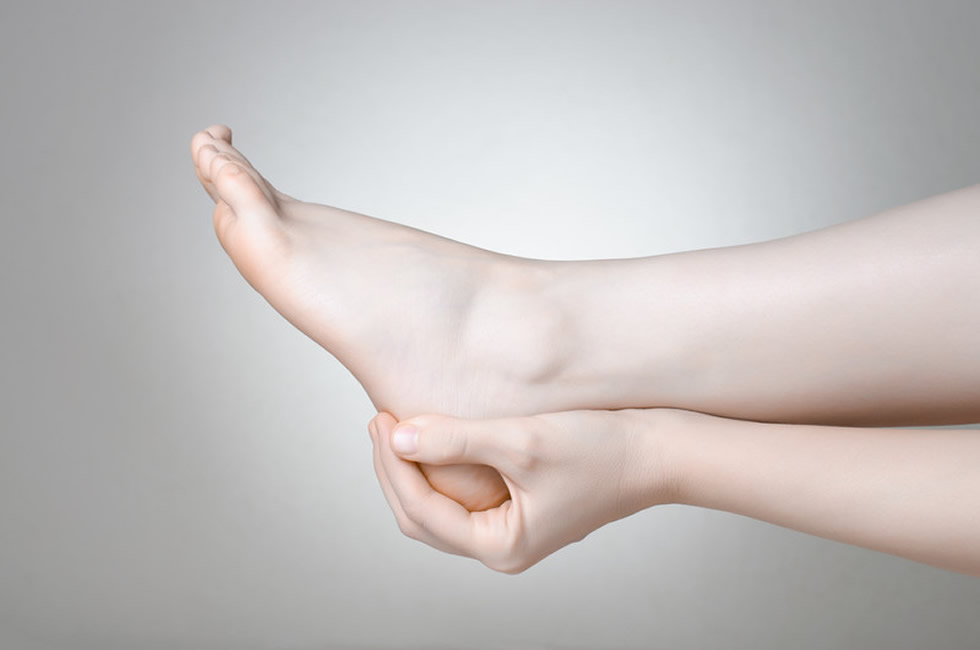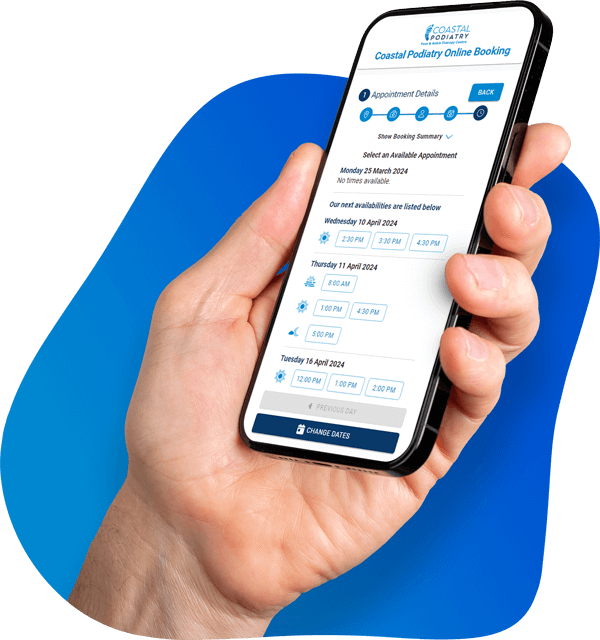At Coastal Podiatry we are constantly seeing patients present with this degenerative condition. It mainly affects the hands, spine and joints such as hips, knees and ankles and feet and predominantly gets worse over time.
Arthritis is inflammation of one or more of your joints. It can cause pain and stiffness in any joint in the body and is common in the small joints of the foot and ankle.
Clinically, there are more than 100 different types of arthritis, many of which affect the foot and ankle. Arthritis can make it difficult to walk and undertake activities you enjoy.
Although there is no cure for arthritis, there are many treatment options available that can slow the progress of the disease and relieve symptoms effectively. With proper care and management many people with arthritis are able to manage their pain and lead an active life.
The 3 major types of arthritis that affect the foot and ankle are Osteoarthritis, Rheumatoid arthritis, and Post traumatic arthritis.
Osteoarthritis
Osteoarthritis is also known as degenerative arthritis or “wear-and-tear”.
Normally healthy cartilage allows bones to glide over one another and helps absorb the shock of physical movement. In osteoarthritis the cartilage that covers the ends of the bones in the joints begins to break down and wear away, causing the bones to rub together, creating pain, swelling and loss of motion.
Symptoms of Osteoarthritis
The main symptoms of osteoarthritis are pain, stiffness and limited joint movement. At first pain is felt during and after activity but as the condition worsens pain may be felt during minor movements or even at rest. Affected joints may become enlarged and tender, affecting fine motor skills and leading to difficulty in performing everyday activities.
Who gets osteoarthritis?
Osteoarthritis is the most common form of arthritis in Australia. It is predicted that about 1.8 million Australians have this condition.
The prevalence of osteoarthritis rises with age. While relatively few younger people have it, from the age of 45 the prevalence rises sharply.
Rheumatoid Arthritis
Rheumatoid arthritis is an autoimmune disease that causes pain and inflammation of the joints. Other parts of the body may also be affected. Inflammation causes the joints to become painful, hot and swollen therefore movement becomes restricted. Stiffness in the joints is common, especially in the morning. The inflammation caused by rheumatoid arthritis can result in damage to the joints particularly if left untreated.
Symptoms of rheumatoid arthritis
The most common symptoms of RA include:
- swelling, pain and heat in the joints, usually the smaller joints affecting the hands or feet
- stiffness in the joints, especially in the morning
- persistent fatigue (tiredness)
- sleeping difficulties because of the pain
- weak muscles
- Flu like symptoms such as feeling hot and sweaty
- Usually affects the same joints on both sides of the body.
The course and severity of rheumatoid arthritis may vary from person to person and no two cases are the same. Symptoms may change from day to day and there may be times when the disease is active and ‘flared’ up and at other times when it is inactive.
Who gets it?
Rheumatoid arthritis can occur at any age but usually appears between the ages of 35 to 64. It is the second most common form of arthritis affecting nearly half a million Australians. It is estimated that 57 per cent of people with rheumatoid arthritis are women.
Post Traumatic Arthritis
Post traumatic arthritis can develop after an injury or surgical operation. Injuries such as dislocations and fractures predominantly those that damage the joint surface are the most common injuries that can lead to post traumatic arthritis. Just like osteoarthritis, post traumatic arthritis causes the cartilage between the joints to wear away and can develop many years after the initial injury.
Symptoms of Post Traumatic Arthritis
The symptoms can vary depending on which joint is affected. In many cases an arthritic joint will be painful and inflamed. Generally the pain develops gradually over time although sudden onset is also possible.
- Pain with motion
- Pain that flares up with vigorous activity
- Tenderness when pressure is applied to the joint
- Joint swelling, warmth, and redness
- Increased pain and swelling in the morning or after sitting or resting
- Difficulty in walking due to any of the above symptoms




